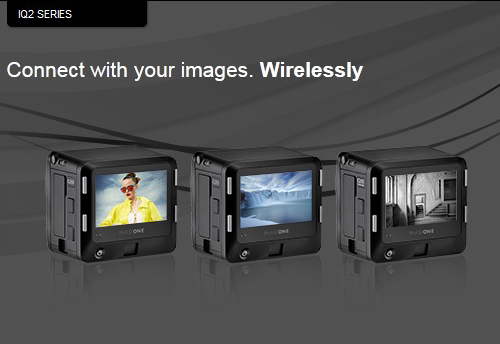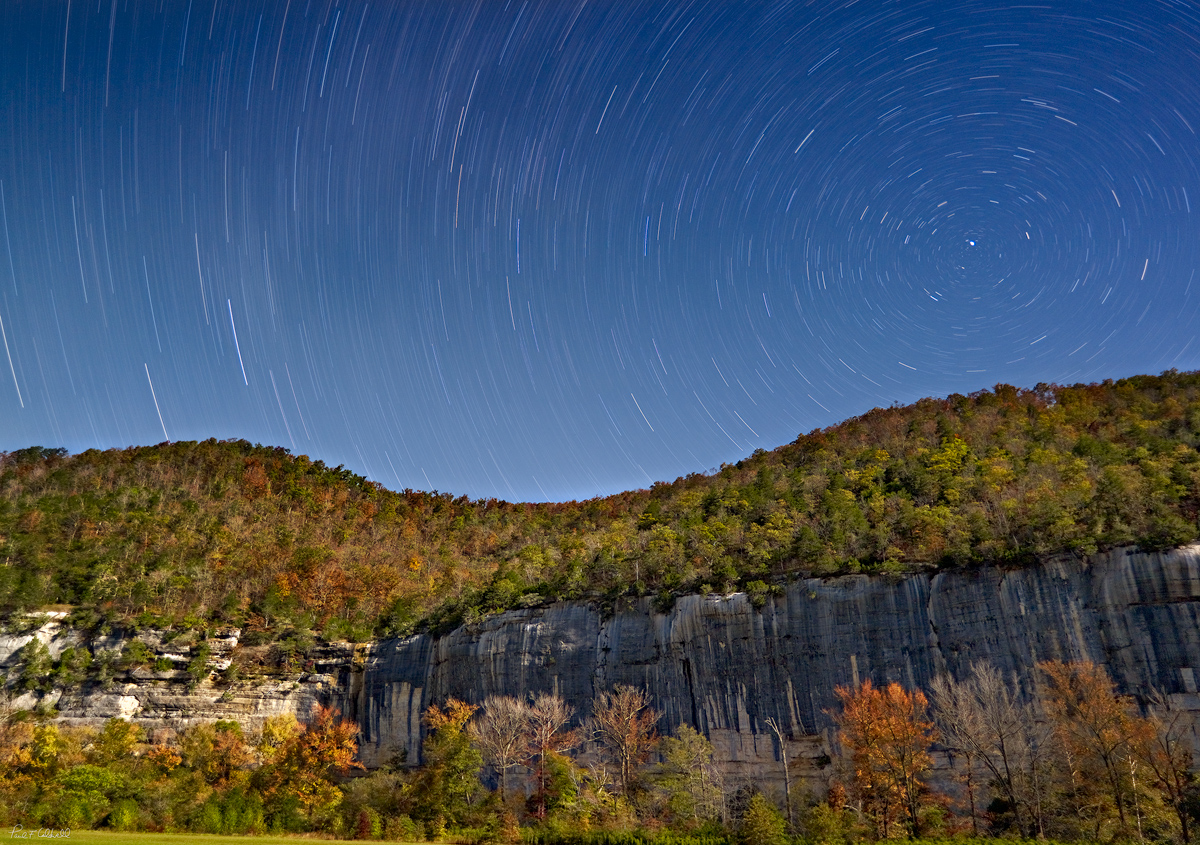After following some of the more prominent web forums it has been interesting to see how the feedback on the new Phase One IQ2X backs has filtered down. I have watched the frenzy from the first day back on the 4th of March drop to more of an even pace. The reactions have been mixed to say the least. For sure the greatest single comment has been why Phase One did not implement CMOS and come out with a more useable form of live view. This is true across the entire lineup. But as you filter down to the 260, 280 and Achromatic back, opinions seem to vary.
IQ260:
- The biggest interest has been over long exposures again coming to a current MFD digital back. I have already written a lot about my thoughts on this, and you can read them in this post. Net it seems that many people are still fascinated by the ability to have a MFD digital back that will reach 1 hour in a continuous exposure. I am not, at least for my current photographic needs. I am still much more interested in how much improvement is at base iso 50 if any.
- Can the noise coefficient at base iso 50 be improved over the current IQ160. I feel this a huge issue. Nikon has proven it can easily get 3 stops of DR at the base iso of 100. I don’t know of any other current Digital camera that can do this. It’s really amazing as just how much you can push the shadows and still get a useable image. Many seem to feel that the IQ180 can do this also. I strongly disagree as even at it’s base iso of 35, I found more noise in the shadows of image when pushed, considerably more than the IQ160 at iso50. The IQ260 is a new chip and I am hoping all new controller cards, thus hopefully the DR at the base iso can be improved maybe as much as 1 to 1 1/2 stops.
- What will the IQ260 allow for it’s longest exposure at base iso of 50. Currently the IQ160 is rated to about 30 seconds. I have taken mine to 45 seconds at iso 50, but that is a real push. I am hoping that photographers will be able to get up to 2 minutes at iso 50 before things get out of control
- I am surprised that more photographers are not concerned about the hit that their current IQ160’s just took on residual value. NET, there is not point in the purchase of a new IQ160 and used ones will start to fall in value as soon as the IQ260’s start to ship. I feel this will start to max out in about 8 months from the first ship in June. There will be folks out using a P65+ that may want to upgrade to the IQ160 instead of the IQ260, but I feel that is a big waste of money. The chips in the P65+ and IQ160 are the same, so the only gain you get is the new IQ interface. It’s pretty hard to justify the upgrade cost from the P65+ to the IQ160 just for this interface. On the other hand it does make very good sense to upgrade from a P65+ to a IQ260. You have the IQ interface and an all new chip set.
- What will the IQ260 do the value of the P45+? More than likely it will increase in value as the hurdle to get to a IQ260 is much higher in most cases than a use P45+. But used P45+’s carry some possible baggage.
- There has been a lot of good talk about the WiFi abilities of the IQ260. My opinion on that is still out. Personally, I am not going to try to communicate to a ipad or Macbook air in the field. Just adds more to carry. You can’t begin to transfer a full raw file and if you could to a ipad? What good is that. To a Macbook air maybe you work on the file but unless you own the most current generation of Macbook air, you can only get to 4GB of ram and that is nowhere enough to process out a IQ back file from any camera. Does wifi for preview make any sense maybe. You will have a larger screen with a ipad or ipad mini, but it’s still a step away from the camera to review the file and then come back to delete it. Studio shooters have a different set of needs. I can assure you that in the outdoors on the normal day, the screen of a ipad or Macbook Air will be just as hard to see as the screen on the IQ260, basically next to impossible. I have not read about any capabilities to control a DF camera via wifi. That might be interesting.
IQ280:
- Basically there seems to be no interest in the IQ280 from current IQ180 users. I can understand this as it’s the same chip tweaked to get 1/2 a stop of DR. IThis might help the IQ280 in shadows with noise. Phase One did not offer a very aggressive deal to IQ180 owners to make the move. Also their current IQ180’s won’t take as near a residual hit since the chipset is same, just with newer features like wifi. That is a stretch for the price of the upgrade.
- New buyers considering a IQ180, more than likely will just move over to the IQ280.
- There has been no mention of upgrades to the Leaf Credo lineup of backs so for now it seem that all the new features will only come with the IQ2X backs.
- Since the IQ280 has the same 80-MP chip set it will have the same issues with certain tech camera lenses, namely the Schneider wides of 28mm, 35mm and 43mm.
- Many also seem to feel that Phase One will be coming soon with a CMOS 80mp solution. They might be but I not found any reference to any chip maker and a 80mp CMOS solution in the MFD size. Not to say one it not out there and Phase is coming out with it. However I still feel that if and when this happens it will 36mp to 45mp first and then the next generation will move to the 60MP and up sizes.
Achromatic Back
There has been a lot of talk about this back but in reality at the price point you have to be pretty much a dedicated black and white shooter to justify one. I realize that it will have some amazing resolution at 60mp since there will be no color interpolation being done. But the software conversions that are out there now such as Silver Efex pro or just the conversions that can be done in Capture One or Lightroom, make this a very expensive back indeed.
For now I am moving forward with plans to purchase a upgrade to the IQ260. I have yet to really see any files that represent my style of photography. If I don’t see a difference in the shadows of a base iso 50 file when pushed 2 to 2.5 stops I will cancel the upgrade. I already know that I won’t need the IQ260 for longer exposures like 30 minutes or longer. I also feel that none of the current Phase digital backs are good candidates for night photography utilizing stacking. Stacking is by far the best way to maximize both the night sky and the foreground in a night landscape image. Hopefully I will be able to shoot the IQ260 in mid April in Dallas with Digital Transitions. Odds are it will be only a indoor shoot which is a total waste of time for me, but I may get lucky and they will allow for some outdoor shots. Digital Transitions has a IQ260 in New York and they have been adding new images to their blog daily.





Recent Comments